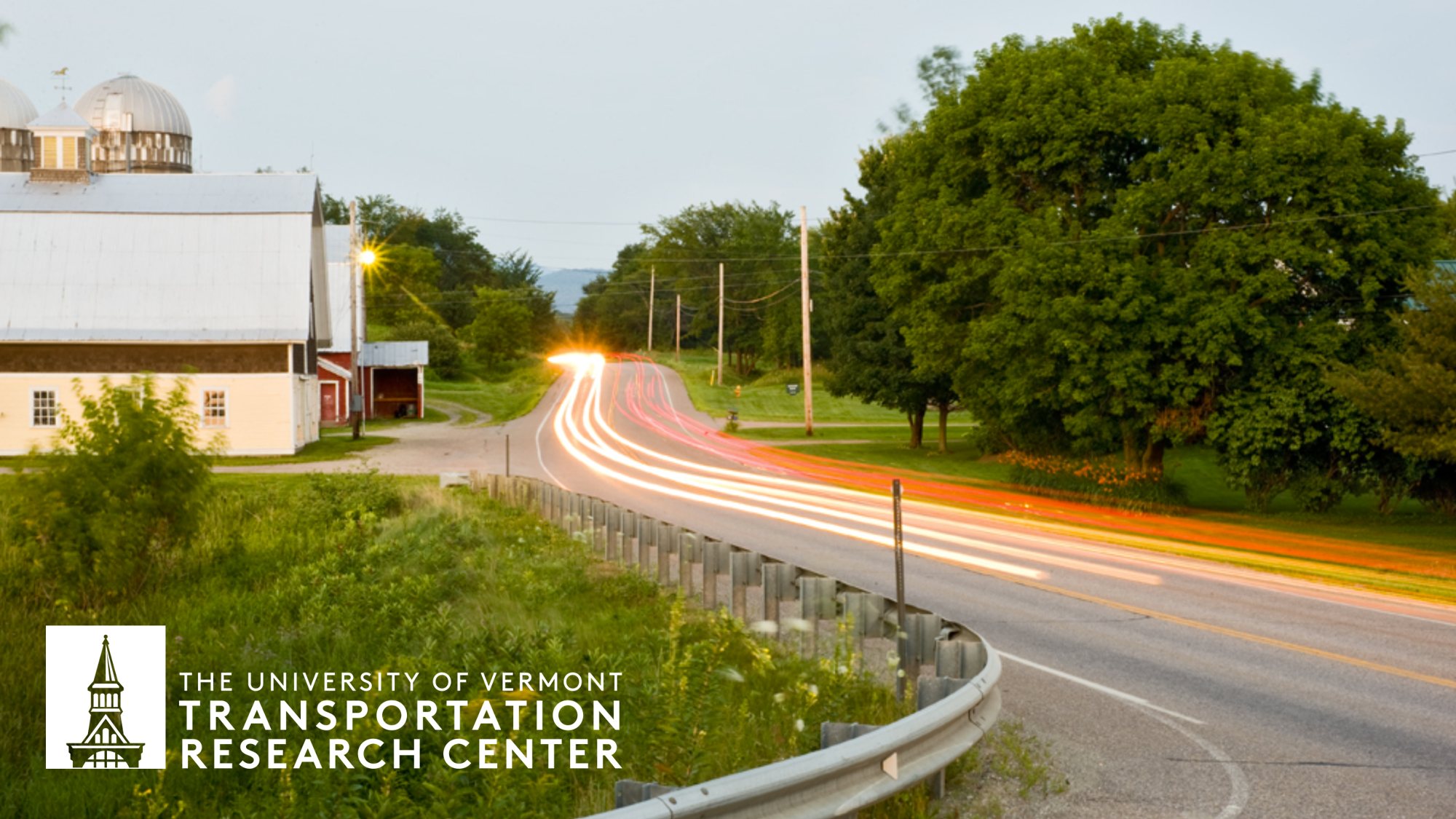
University of Vermont Transportation Research Center
Document Type
Report
Publication Date
3-1-2019
Abstract
Background: Levels of walking as an activity that impacts health and quality of life is related to socioeconomic status and home location but the impacts of climate, season, and weather on walking have been largely understudied in both the transportation planning and public health professions. Purpose: This paper assesses seasonal and climatic effects on walking related activities and demonstrates the utility of the ATUS for active transportation research as few such applications exist. Methods: The American Time Use Survey (ATUS) is used to observe and analyze the seasonality of pedestrianism and general physical activity nation-wide by measuring the effect of month and climate region while controlling for sociodemographic characteristics of the respondents and their household using statistical regressions. Results: Expected seasonal patterns for physical activity are found, but are paired with counterintuitive results on the influence of climate regions suggesting both weather and culture influences levels of active transportation and recreation. Conclusion: Differences in walking behavior between climatic regions offer one explanation of how respondents’ surroundings impact their daily activities.
Recommended Citation
Aultman-Hall, Lisa and Spencer, Phoebe, "Assessing Seasonal and Climate-Related Variability in Rates of Walking and Physical Activity with Time Use Data" (2019). University of Vermont Transportation Research Center. 11.
https://scholarworks.uvm.edu/trc/11


